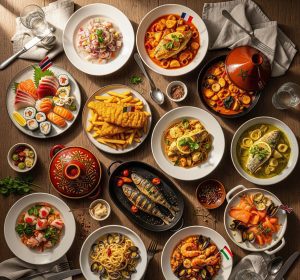Food dyes and children’s behavior
Links to behavioral and developmental disorders
The quantity of food dye consumed by children has increase dramatically since the 1950s. Dyes are used to make foods look more vibrant and appealing, and are used especially heavily in foods marketed to children. The rapidly developing bodies of children are especially susceptible to the effects of artificial additives.
In the US, the FDA claims that food dyes are safe, but the experience of some parents and the results of some studies tell a different story. A 2006 study published in the Toxicological Sciences journal showed that exposure to certain dyes during the first few years of life could cause behavioral and developmental disorders in children.
Other countries have already banned or require warning labels for artificially dyed foods. For example, Kellogg’s cereal bars are made using Red 40, Yellow 6 and Blue 1 in the United States, but contain no artificial dyes in the UK. Instead, the same bars are produced there using beetroot, paprika and annatto extract to provide color.
Click here to support: The Real Food Channel
The Brasscheck/Real Food Reading List
We recommend these books as a foundation for educating yourself about health in the 21st Century.
www.brasscheck.com/video/the-brasscheck-real-food-reading-list/


